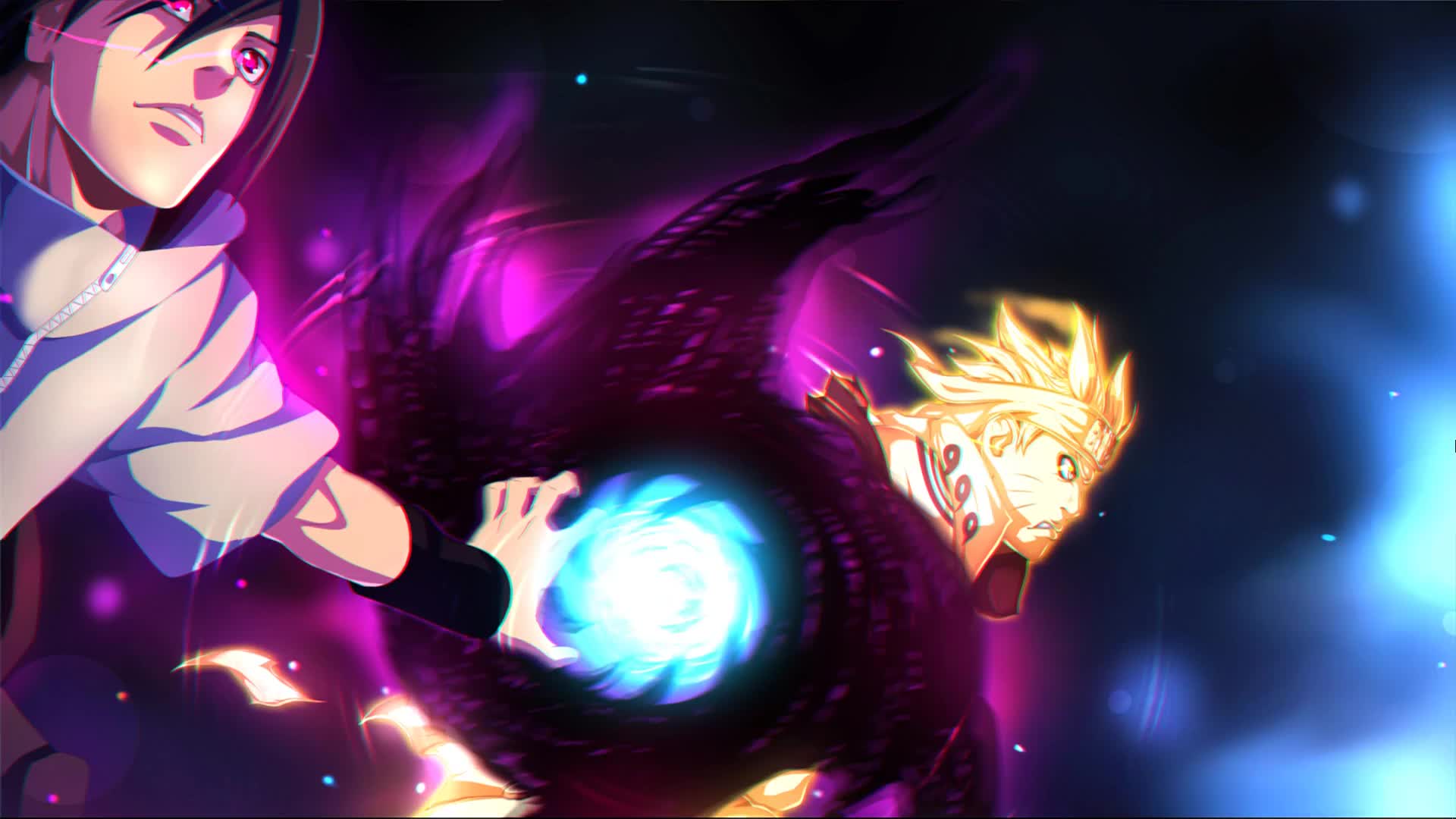

From the main menu, select Layer > New Solid.Use the Cycle and Evolution options of the Cell Pattern effect to create a looping organic background: What you learned: Create an organic seamless looping background
 Move the last keyframe down the timeline by one frame and press the spacebar to preview the animation. Then Press J and K on the keyboard to move the CTI back and forth between the two keyframes to make sure there appears to be no motion in the background. Press the U key on your keyboard to reveal the keyframes.
Move the last keyframe down the timeline by one frame and press the spacebar to preview the animation. Then Press J and K on the keyboard to move the CTI back and forth between the two keyframes to make sure there appears to be no motion in the background. Press the U key on your keyboard to reveal the keyframes.  Move the CTI to the end of the Timeline and change the value for the Anchor to a setting of -1, 200. Make sure the Current Time Indicator (CTI) is positioned on Frame 0 in the Timeline and add a keyframe by clicking the stopwatch to the left of the word Anchor in the Effect Controls panel. Leave the Size From drop-down menu set to Width Slider.
Move the CTI to the end of the Timeline and change the value for the Anchor to a setting of -1, 200. Make sure the Current Time Indicator (CTI) is positioned on Frame 0 in the Timeline and add a keyframe by clicking the stopwatch to the left of the word Anchor in the Effect Controls panel. Leave the Size From drop-down menu set to Width Slider.  In the Effect Controls panel, start at the top and set the Anchor to -1, 0 (a negative value for X was chosen so the edge is just off the left side of the layer solid). Press T to open the Opacity setting of the solid and change the value to 21%. Press S to open the Scale parameter, click on the chain to unlink the proportions, hold down Shift and scrub on the X parameter to the right, until it covers the composition edge to edge. Select the Layer Solid in the Timeline and select Effect > Generate > Checkerboard from the main menu. In the Solid Settings dialog box, click the Make Comp Size button, change the Width to 20, and choose any color from the color box below and click OK. From the main menu, choose Layer > New Solid. To create a background filled with animated stripes:. These effects need to be applied to a layer and are typically applied to a layer solid or an adjustment layer. You can create seemingly complex animated elements from scratch using Generate effects. What you learned: Create an animated background using a Generate effect
In the Effect Controls panel, start at the top and set the Anchor to -1, 0 (a negative value for X was chosen so the edge is just off the left side of the layer solid). Press T to open the Opacity setting of the solid and change the value to 21%. Press S to open the Scale parameter, click on the chain to unlink the proportions, hold down Shift and scrub on the X parameter to the right, until it covers the composition edge to edge. Select the Layer Solid in the Timeline and select Effect > Generate > Checkerboard from the main menu. In the Solid Settings dialog box, click the Make Comp Size button, change the Width to 20, and choose any color from the color box below and click OK. From the main menu, choose Layer > New Solid. To create a background filled with animated stripes:. These effects need to be applied to a layer and are typically applied to a layer solid or an adjustment layer. You can create seemingly complex animated elements from scratch using Generate effects. What you learned: Create an animated background using a Generate effect












